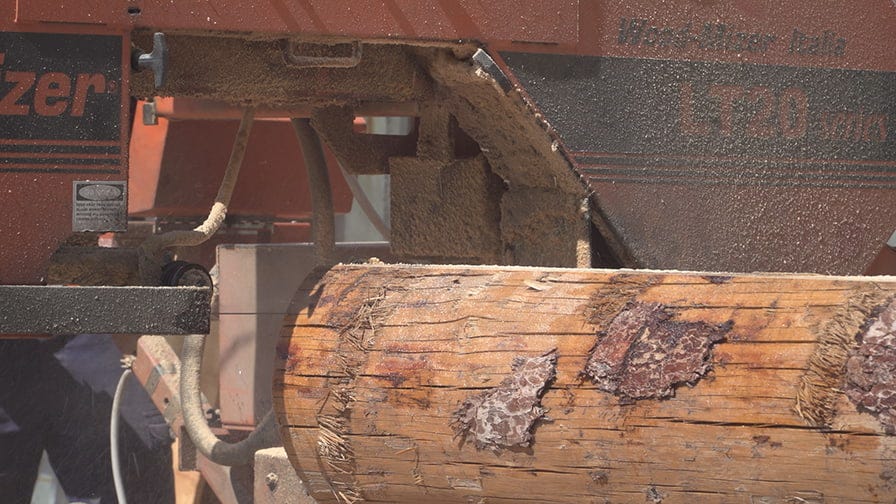Sustainable Forest Management for Local Communities in Italy
By Martina Valentini, GreenPress EnvironMedia

Video: Matteo Berlenga
For the past 20 years, the Alta Val di Suza Forestry Consortium of Turin, Italy, has relied on Wood-Mizer sawmills to achieve two goals of sustainable forest management - protecting the environment and efficiently using raw wood.


"Well-managed forests are an important part of the local economy," says Alberto Dotta, director of the Forest Consortium. In a world increasingly affected by climate changes and more frequent natural disasters, proper forest management is no longer just a concept.
The Consortium, founded in 1953, manages the forest lands of 14 municipalities in the Alta Val di Suza, which covers over 18 thousand hectares. Sustainable management involves planning and protecting forests, from forest management to trail maintenance. Among the most pressing challenges that have emerged in recent years is the prevention of natural disasters. The Consortium is working to reduce the risks associated with floods, landslides, avalanches, and fires. In a valley of natural landscapes and human settlements, the health of spruce, pine, and larch forests closely relates to local communities' life quality.


"With good forest management, its functions - from timber production to biodiversity conservation - remain sustainable over time," explains Dotta. "We are now working with the University of Turin on a pilot site to determine the best fire prevention measures." One of the more interesting solutions is to reduce the size of the biomass. "By reducing biomass by 30-40%, we can change the characteristics of the fire and thus tame the flames along the roads, which will become real firefighting lines," he continues. The principle of fire prevention remains decisive, benefiting forests and local people.
In the early 2000s, the Consortium was transformed into a company to optimize the use of timber for site arrangement, bridges, and infrastructure building.




"During that time, we invested in woodworking machines, starting with the Wood-Mizer LT20 band sawmill," explains Dotta. "This machine continues to work, converting wood into lumber and making it easier for us to maintain bridges, walkways, and fences."
The main feature of Wood-Mizer sawmill technology, according to the director of the Consortium, is flexibility. The LT20 sawmill is designed to cut logs up to 80 centimeters in diameter, almost eight and a half meters long, and is equipped with an electronic Setworks to set the required board thickness. "The benefits of this sawmill are numerous," adds Dotta. "The small, maneuverable, and handy sawmill operates well both on mobile construction sites and statically at our main timber processing plant. In short, Wood-Mizer has proven itself versatile and reliable over the years."


In essence, using raw wood materials efficiently means creating more opportunities for the sector and its workers. "We buy wood at prices ranging from 25 to 30 euros, which, after wood processing, can rise to 600 euros per cubic meter," explains Dotta. Today the Consortium employs more than twenty people. In the early 1990s, there were only four of them.
***



